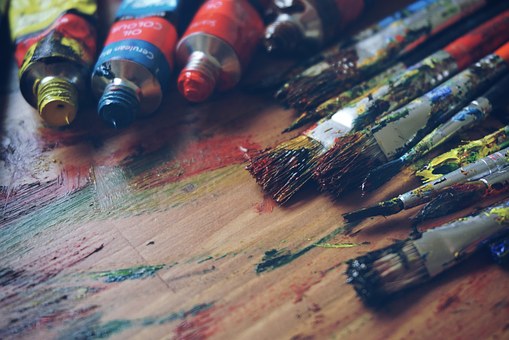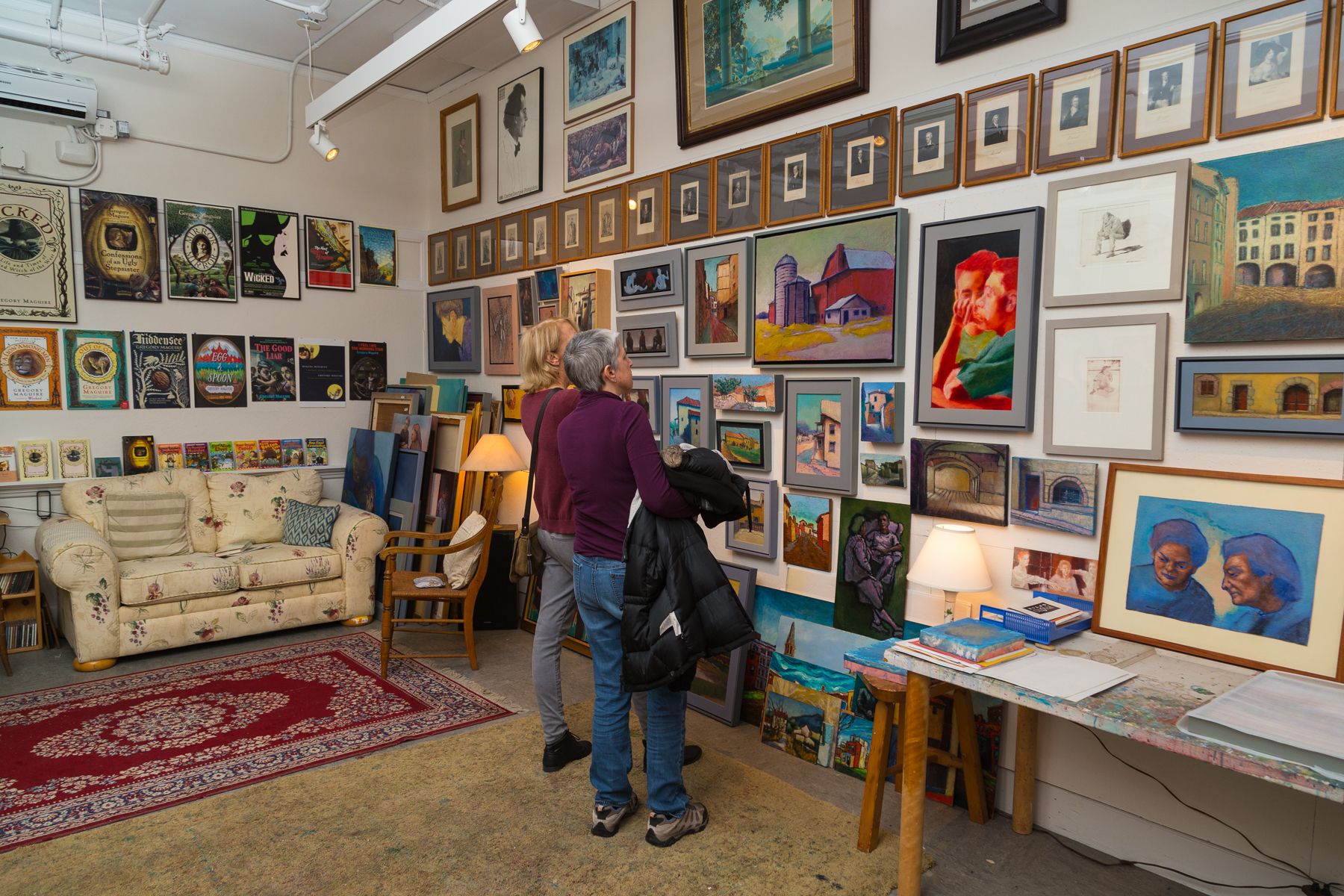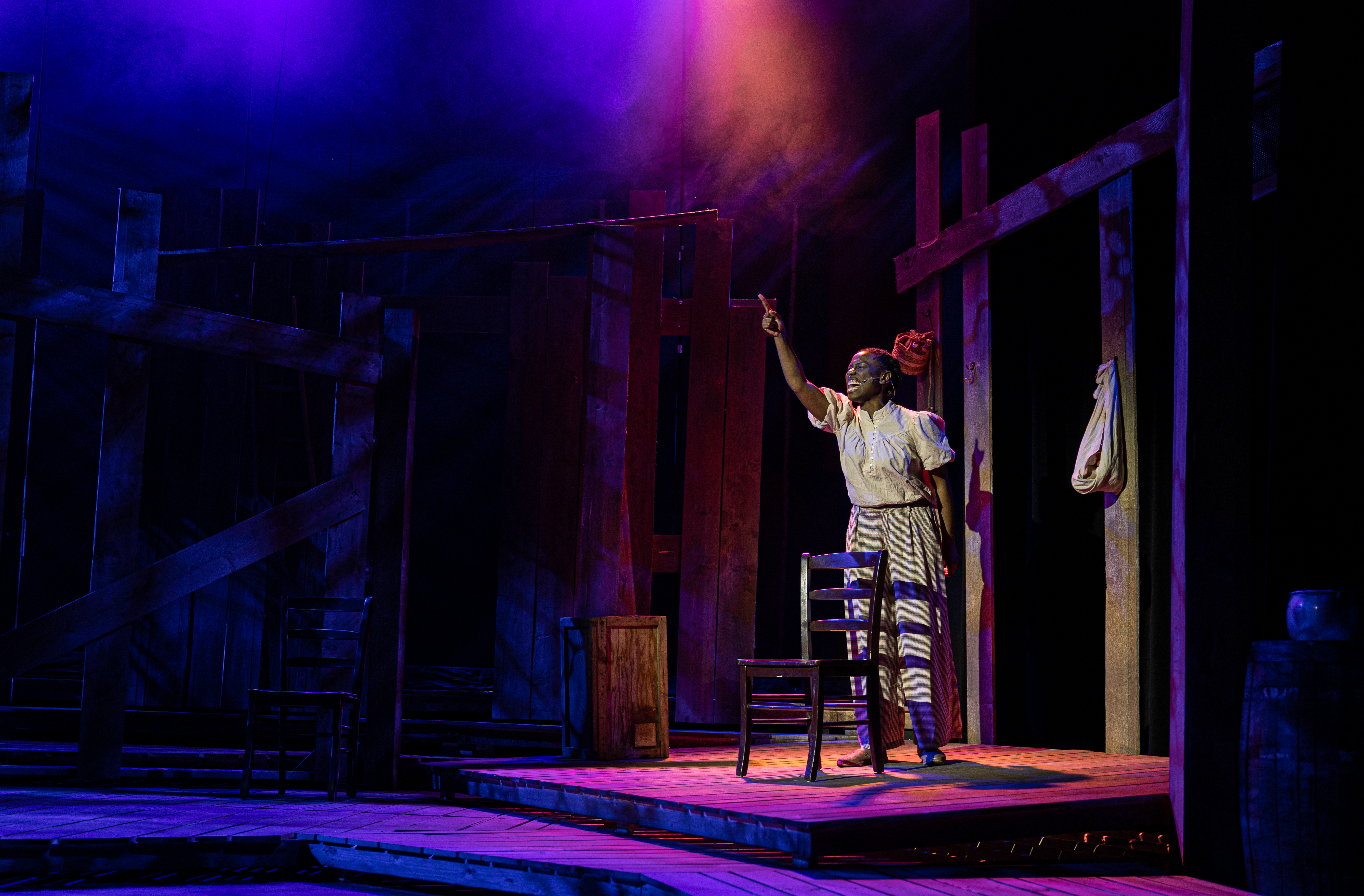Artist Spotlight: Barbara Willis
September 29, 2014 by Jess
The first thing you notice when you enter Barbara Willis’s sunny corner studio at The Umbrella is a dazzling rainbow of spooled fibers: bold jewel tones, glittering metallics, delicate pastels, and smoky earth hues. Silk and cotton yarn sits beside chenille, bamboo, wool, mohair, and rayon on shelves, tabletops, and windowsills.
After drinking in the spectrum of colors and textures, your eyes go to the exquisite woven scarves, throws, wall-hangings, and garments that Willis creates with her palette of hues and fibers. Your hands follow: These lovely creations demand to be touched, and trying to hold back from running them through your fingers and wrapping them around your body takes all the self-discipline you can summon.
Luring people into a fiber-induced spell of visual and tactile contentment is exactly what Willis hopes her woven creations will do. “One of our earliest sensations is finding warmth and comfort in blankets and other fibers,” says Willis, who began weaving some 40 years ago. “I hope that feeling of being wrapped in something soft, beautiful, and comforting is brought back for wearers of my work.”
Before she found weaving, Willis had always enjoyed working with fiber. Knitting, crocheting, macramé, and spinning all captured her attention for a while. But during a weaving class in Los Gatos, California, in the 1970s, she discovered her true love. “It was so exciting—I found what I wanted to do with the rest of my life,” Willis says. Her first loom was a hand-me-down bought from a woman who had stored it in pieces in the back of her garage—but had not held on to the directions showing how to reassemble it. Soon Willis owned several looms, including one she made with nails and boards from an old apricot drying rack.
Willis looks back at her early weaving days with great fondness. “There’s a tremendous amount of exciting fiber that came out of California in the 1970s,” she recalls. “Our teachers really stimulated our creative side.” She brought that excitement and creativity with her when she moved to Massachusetts in 1979. She now lives in Acton, and has had studio space at The Umbrella since 1983.
Willis’s passion for weaving further blossomed when she attended the Haystack Mountain School of Crafts on Deer Isle, Maine, in 1997. In classes with master weaver Randall Darwall, she learned innovative ways to dye yarns and use different weave structures. “That was a real turning point for me, being completely immersed for two weeks in doing what I loved. It was very freeing and gave me confidence to try new things,” Willis says.
Inspiration for her woven creations comes from a range of sources, from paintings and photographs to the world outside her studio window. “I always start with an inspiration of something that excites me. I must have a gut reaction to it, and really love it,” Willis says. Each of her works receives a name based on its origin, such as “Birdsong After the Rain,” “Winter Ice,” and “Fireflies in the Mist.”
Images tacked to her walls and tucked inside her many journals provide starting points for her work. For example, “In a Levantine Port,” a watercolor by John Singer Sargent that was recently displayed at a special exhibit at the Museum of Fine Arts in Boston, inspired a group of scarves that evoke the reflected light and cast shadows of the Sargent painting. The long, cold winter of 2014 influenced a set of scarves that elicit a feeling of hopeful luminosity amidst a backdrop of snow and frost—a line of scarves that received the name, “Anxiously Awaiting Spring.”
The bread and butter of Willis’s work is weaving scarves that can be purchased at several local shops and during Umbrella Winter Market and Open Studio days. She sells her work through Handworks Gallery in Acton, and at the Cambridge Artists Cooperative in Harvard Square.
To anyone who doesn’t weave, it can be astonishing to learn what goes into creating a hand-woven scarf. Once Willis envisions a design, she decides which fibers and colors will best serve it. She winds threads onto a warping mill, and then transfers the threads to the loom. Next, she settles in to weaving, making adjustments to her color and fiber choices along the way. After the weaving is completed, she twists or knots the fringe, hand-washes the scarves to allow the fibers to relax into each other, air-dries them on a rack, and sews on tags. “Then they go to market to find their new owners,” she says. She also creates one-of-a-kind coats, jackets, and tunics for her apparel line.
For Willis, having studio space at The Umbrella is a joy. Although Umbrella artists work individually, they form a supportive community of people who share ideas, work through challenges, learn from each other—and often meet for lunch on the patio to talk shop. “It’s wonderful to see other people’s works in progress—I’m so inspired by them,” Willis says. “It’s an amazing community, so terrifically supportive. I love coming to my studio each morning.”
---
Written by Alice Lesch Kelly






